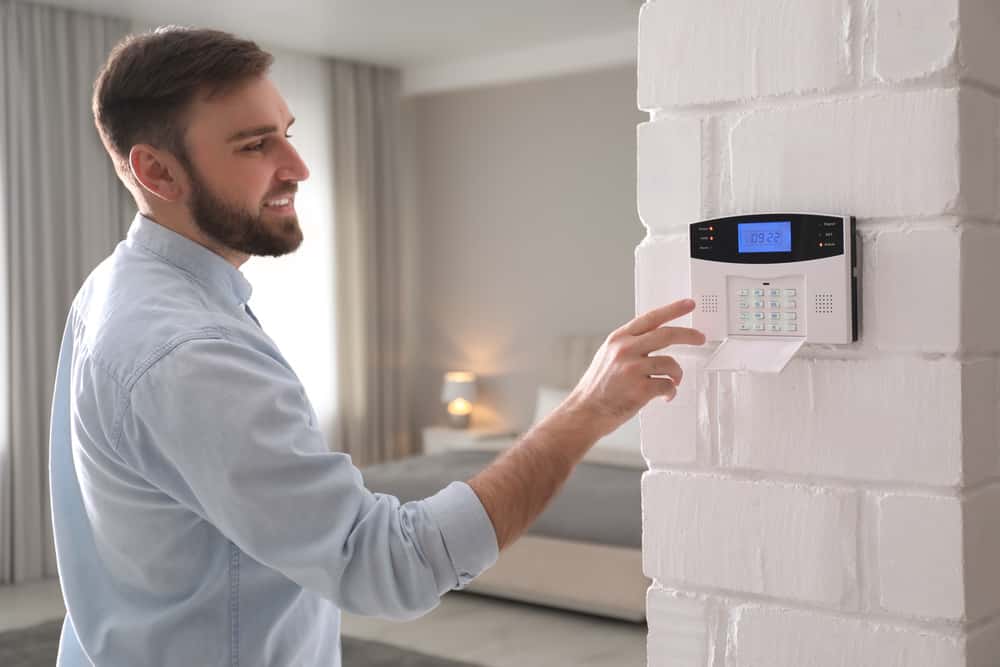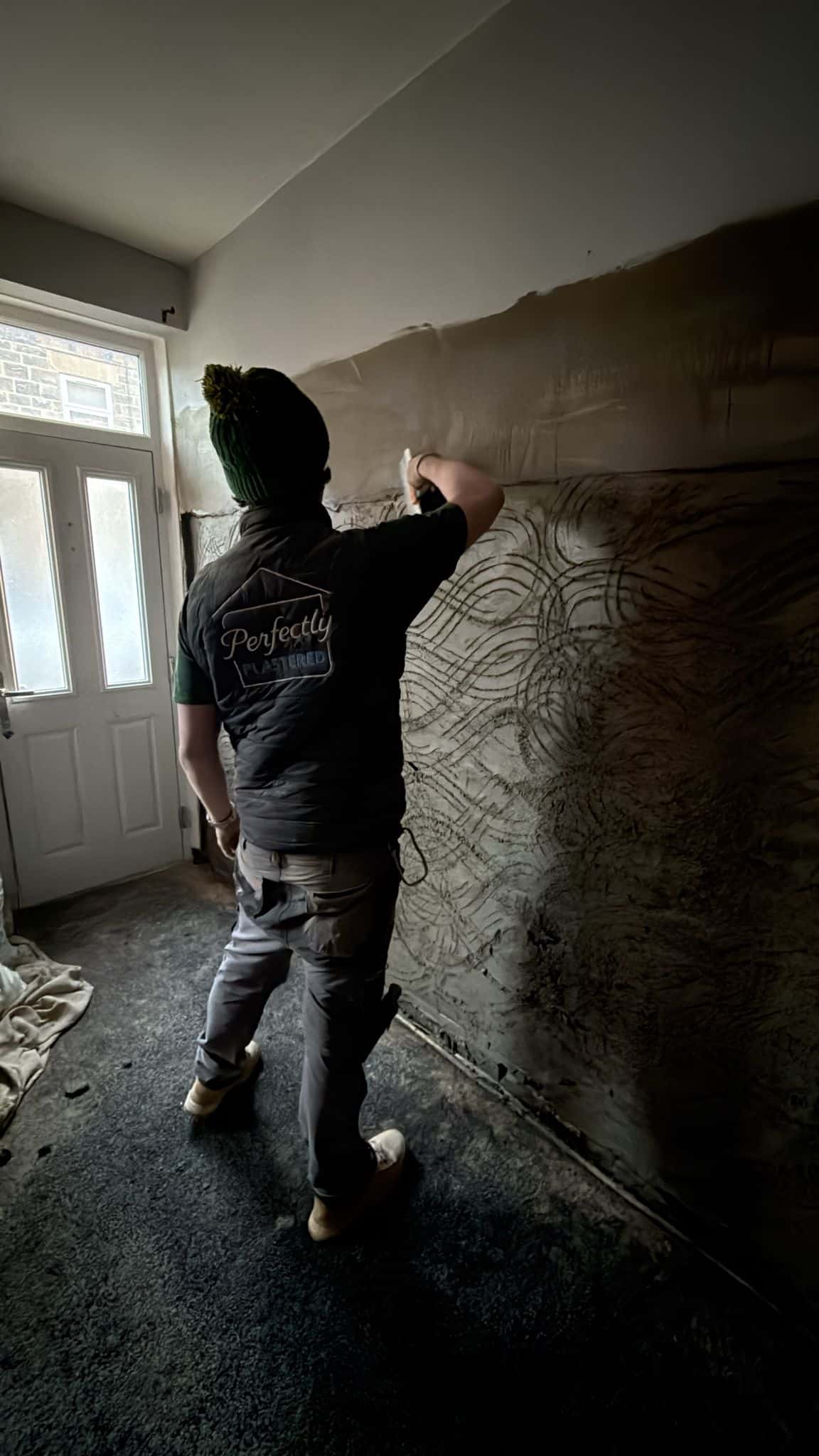Can an entire construction project unfold in just a few minutes? It can be through time-lapse photography – an ingenious technique that condenses long stretches of time into compact, visually compelling video sequences.
That’s by capturing photos at regular intervals. With the U.S. construction industry forecasted to be valued at USD$1.8 trillion this year, the demand for efficient documentation methods like time-lapse photography is only set to rise. (1)
But time-lapse videos transcend mere visual appeal. They emerge as formidable tools for the construction industry. They bring a multitude of benefits.
Take an in-depth look below at time-lapse photography’s uses in construction.
Table of Contents
Benefits of time-lapse photography
So, specifically, what benefits does time-lapse photography bring to construction?
Visual documentation of progress
Incorporating time-lapse photography into construction projects offers a compelling advantage: comprehensive visual documentation. Unlike sporadic site visits or static images, time-lapse videos provide an unparalleled chronological record of the entire construction process.

These videos meticulously capture each phase. That’s from groundbreaking to the final installations. They serve as a testament to the hard work invested. Precise tracking of milestones and project timelines also becomes possible. Learn more here about how to set up long-term time-lapse videos for construction sites.
Marketing and promotional purposes
Time-lapse videos have emerged as powerful marketing and promotional tools, too. That’s unsurprising since 87% of marketers actually reported a direct sales increase through video. (2)
Videos allow firms to showcase completed projects in a captivating manner. Condensing months or years of construction into awe-inspiring minutes highlights the expertise, efficiency, and attention to detail poured into the final product.
Sharing such immersive footage online or during client presentations helps. Companies can effectively attract potential clients through it. Essentially, time-lapse videos simply demonstrate capabilities that static media can’t match.
Site monitoring and security
Time-lapse photography also plays a vital role in site monitoring and security. Note that one out of five workplace deaths in the U.S. occurred in the construction industry in 2021. That’s why close monitoring of activities by construction managers is important. It becomes possible due to the round-the-clock footage that strategic camera placements provide. (3)
Construction managers can ensure safety protocol adherence. Proactive potential issues or delay identification also becomes possible. This approach enhances efficiency. It contributes to a safer work environment as well.
Applications of time-lapse photography in construction
The advantages of time-lapse photography are a product of its versatility.
Its application spans the entire construction spectrum.
Residential construction
In residential builds, time-lapses offer captivating documentation of the entire home construction journey – from groundbreaking to the final landscaping touches. Homeowners can cherish these transformative visuals. Builders, on the other hand, can leverage them to showcase expertise to prospective clients.
Similarly, indoor renovation projects like bathroom remodeling benefit tremendously as time-lapses capture the remarkable transformation of living spaces. It also provides contractors with a powerful marketing tool.
Commercial construction
The commercial realm also presents ample opportunities for time-lapse applications. Time-lapse photography is particularly useful in tracking intricate structures’ progress. It’s true for office complexes and retail hubs. It even applies to mixed-use developments.
Thus, project managers can closely monitor each phase of the project. They can identify potential bottlenecks ahead. Then, they can ensure adherence to timelines.
Moreover, large-scale infrastructure marvels like bridges and transportation systems can be comprehensively documented through these visuals. That offers an in-depth record of the engineering feats involved.
Industrial construction
Industrial projects are complex. That makes time-lapse photography indispensable for this type of construction. It documents and monitors construction activities; these videos provide an unparalleled look into massive structure erections.
Time-lapse photography also aids in specialized equipment installation tracking. Even intricate system integrations become easier to check through it.
Equipment and setup
Capturing compelling time-lapse footage on construction sites hinges on careful equipment selection. There’s also a need for strategic setup.
Choosing the right camera and equipment
Consider weather resistance, durability, and battery life. Don’t forget about storage capacity, too.
Keep in mind that construction environments expose equipment to elements like rain, dust, and extreme temperatures. So, weather-sealed camera bodies and protective housings that safeguard against these conditions are ideal for uninterrupted operation.
Battery life is another critical aspect. Remember: time-lapse sequences may span extended periods. Cameras with long battery life or external power solutions like solar panels or AC adapters prevent costly interruptions due to power depletion.
Common setups
DSLRs and mirrorless cameras offer outstanding image quality and manual controls. That’s why they’re popular choices. However, there are also purpose-built time-lapse cameras that provide robust, weatherproof designs tailored for construction use. Features like built-in interval timers, long battery life, and ample storage capacity make them well-suited for extended projects.
Positioning and placement
Of course, achieving comprehensive coverage requires strategic camera positioning. Remember: construction sites are dynamic. So, carefully place cameras. That ensures critical areas are captured throughout the project.
Consult with project managers and site supervisors to identify optimal vantage points. However, note that temporary structures, equipment, and materials can obstruct camera views; they lead to gaps in footage. So, collaborate with on-site teams to anticipate potential obstructions so you can mitigate them.
If necessary, elevate cameras on secure mounts or reposition them. Aim for clear lines of sight as the construction progresses.
Final thoughts
Capturing compelling time-lapse footage on construction sites is only half the story. Post-production software and tools are essential for transforming raw footage into polished, visually stunning time-lapse videos. When done right, time-lapse photography can empower construction companies. It allows these firms to stand out in a competitive landscape, visually communicate their capabilities, and leave a lasting impression on potential clients and audiences.
References:
1. “Global Construction Industry Statistics”, Source: https://gitnux.org/global-construction-industry/
2. “50+ Social Media Video Marketing Statistics for 2024”, Source: https://sproutsocial.com/insights/social-media-video-statistics/
3. “Construction deaths due to falls, slips, and trips increased 5.9 percent in 2021”, Source: https://www.bls.gov/opub/ted/2023/construction-deaths-due-to-falls-slips-and-trips-increased-5-9-percent-in-2021.htm





